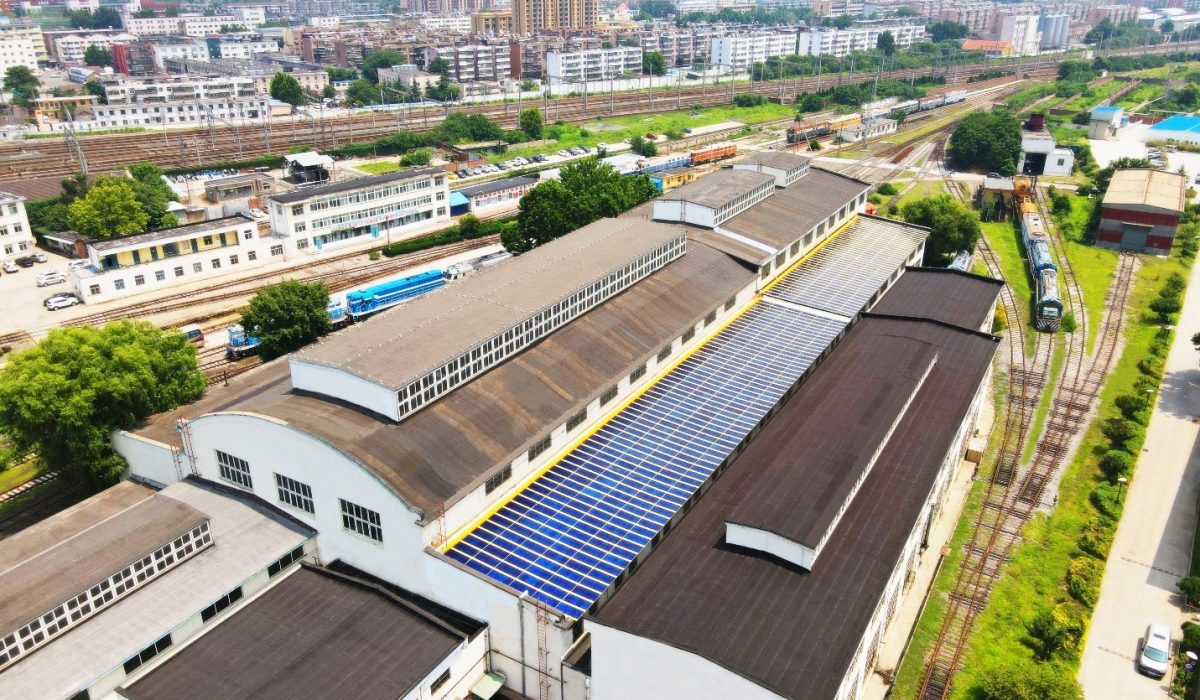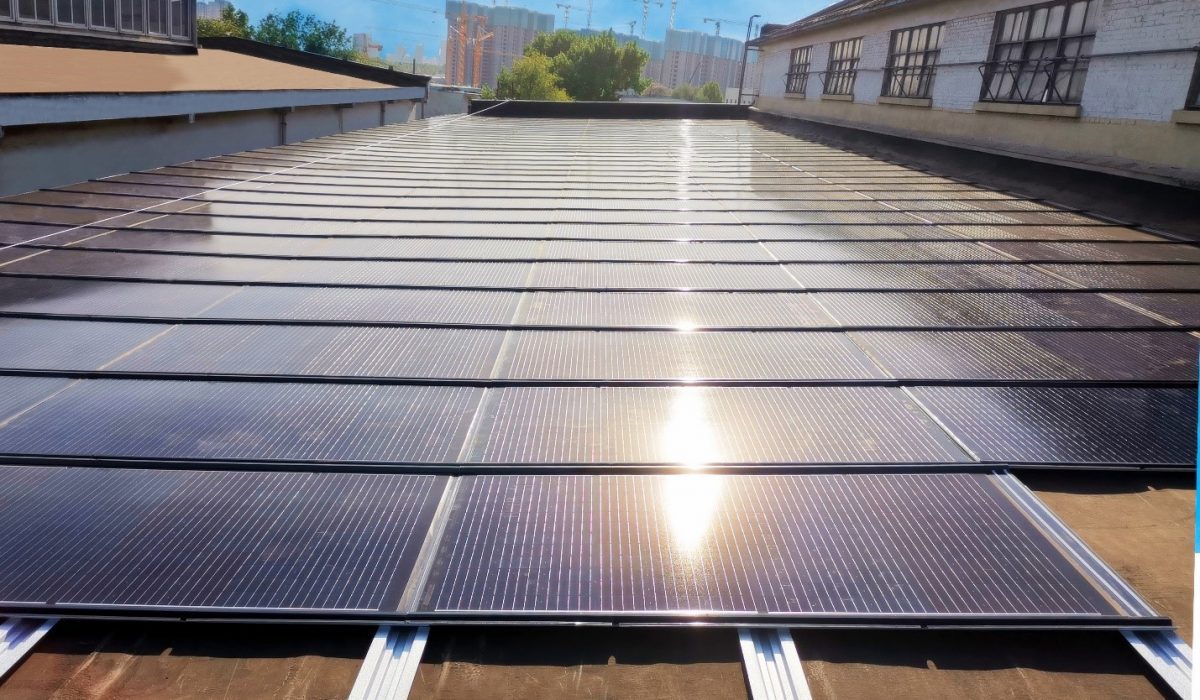
Tapping into clean energy: BIPV project at a railway station
| Type | Region | Generating capacity | Size |
|---|---|---|---|
| Commercial | Shandong, China | 207,600 kWh | 200 kW |

This locomotive depot is now running on solar energy. It generates 207,600 kWh of power annually on average, which translates to the reduction of 207.01 tons of carbon emission.
This power-hungry locomotive depot in Shandong Province once grappled with the issue of low energy efficiency. But going solar is not an easy task for this old-age premise. To install a solar system for such a building, the roof must be sturdy enough to support the many solar panels that capture sunlight. But this roof is old and started to leak—certainly not an eligible candidate for a traditional rooftop solar installation.
BIPV, short for building-integrated photovoltaics, came as a solution. Hoymiles worked with our partner Helios Power to transform the rooftop of this locomotive depot into a BIPV plant.

The BIPV project uses solar tiles and Hoymiles 4-in-1 microinverters
Specifically, tailor-made PV tiles were used in this project to blend the original architectural design and the PV technology, without posing extra challenge to the unstable rooftop. The microinverters used in the project are Hoymiles 4-in-1 models whose compact and light design helped to ease the load on the roof. One model connecting to four PV modules, the microinverter proved to be a cost-effective choice for large commercial projects. They were installed beneath the PV modules so that the building’s appearance remained the same.
Locomotive depots house a lot of equipment and are where locomotives are repaired and maintained, so safety is of paramount importance there. Microinverters prevent high DC voltage in the first place as opposed to traditional string inverter solutions. The lower-than-60 V DC voltage makes Hoymiles microinverters compliant with rapid shutdown requirements and forestalls fire risks and lightning disturbance.
Hoymiles microinverters also promise effortless O&M because the module-level solution allows users to access detailed data of each PV module via the S-Miles Cloud monitoring platform at anytime from anywhere.
Since the project started to operate, it generates an average of 207,600 kWh of power annually and cuts about 207.01 tons of carbon emission each year. It was also honored as a benchmark railway project and offers an example of energy transformation for the rail industry.
Hoymiles listens to our client’s needs and is devoted to providing tailored solutions for different scenarios. Contact us if you’re also thinking about making a shift to solar energy for your business.


